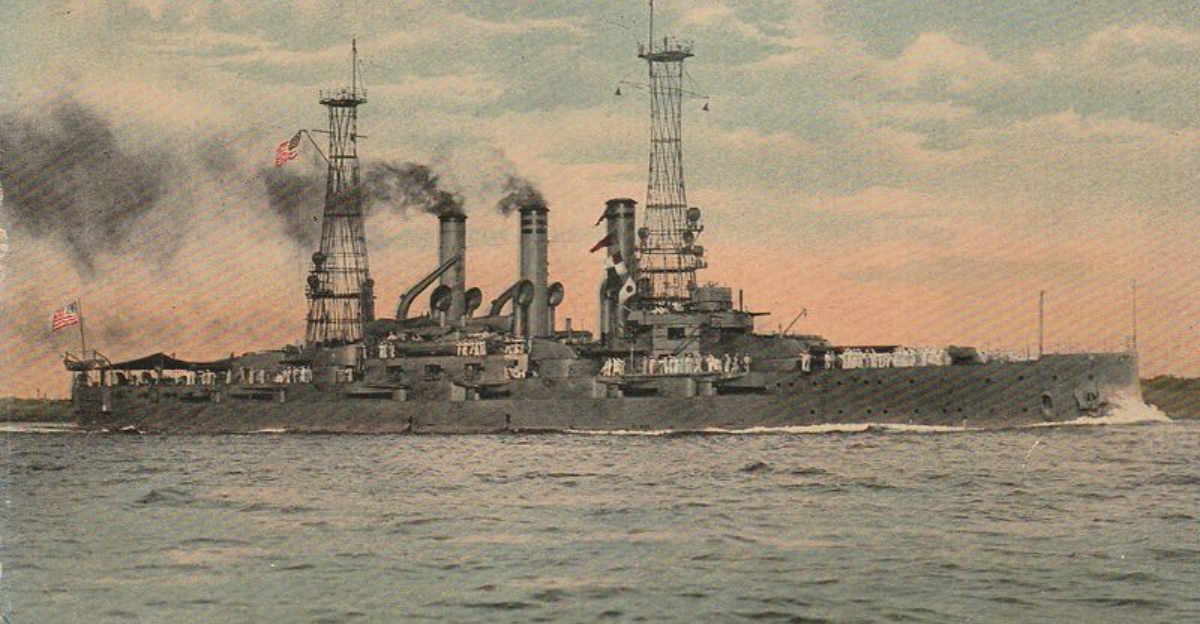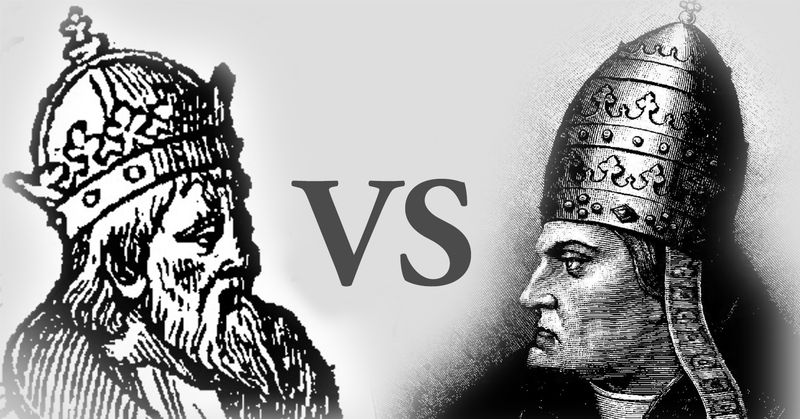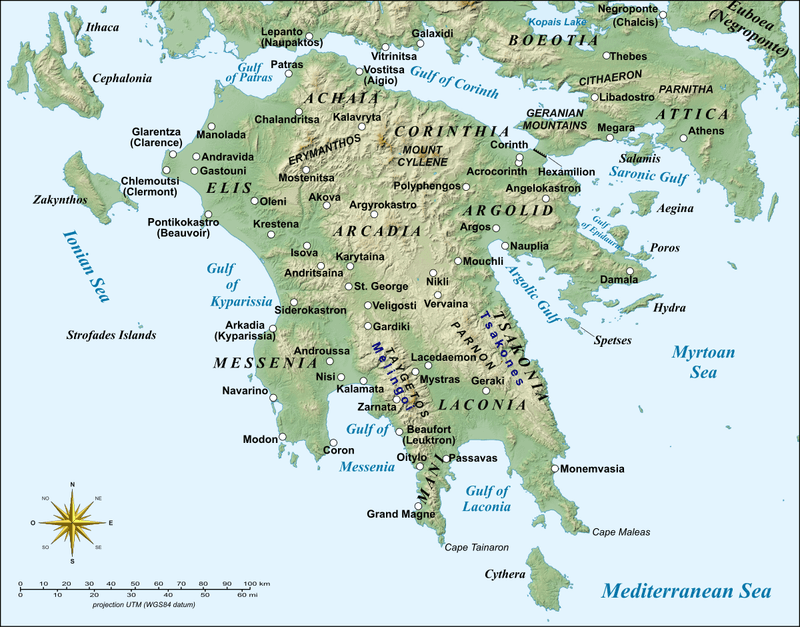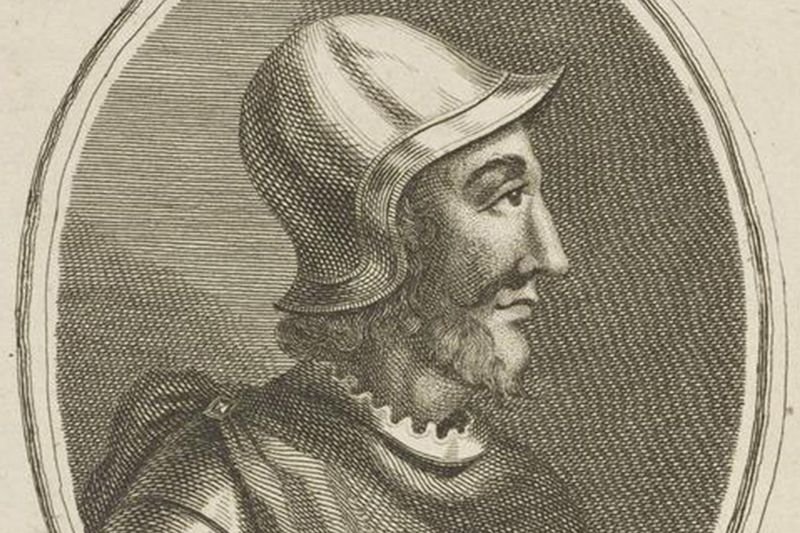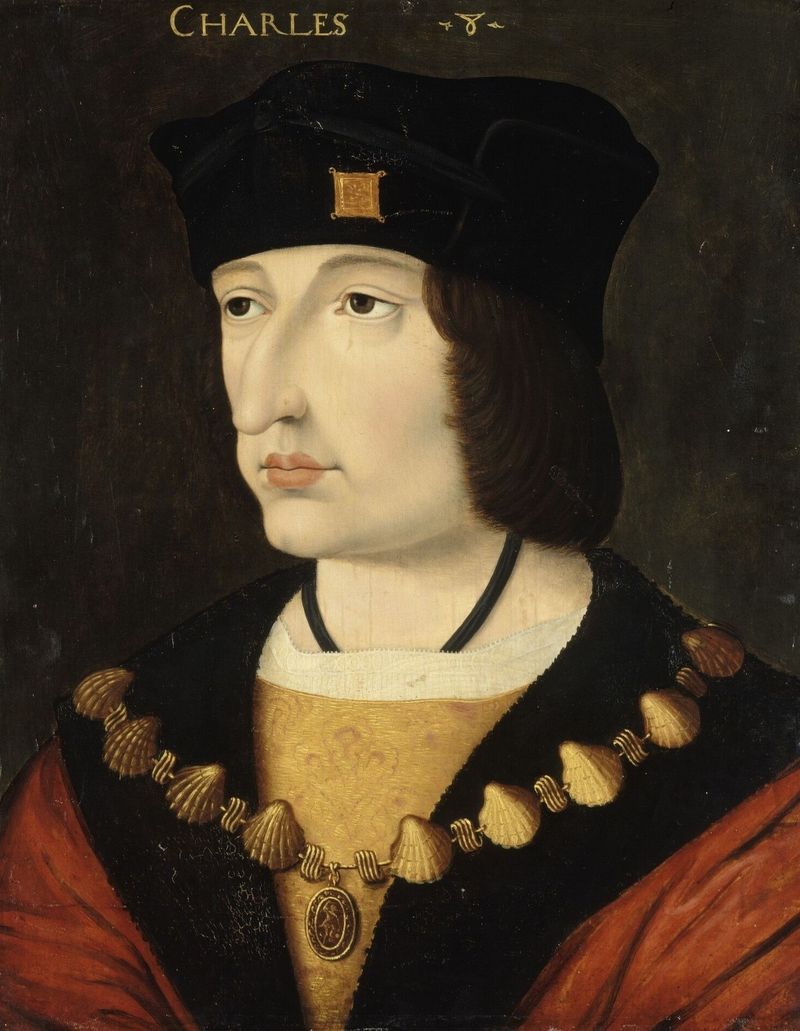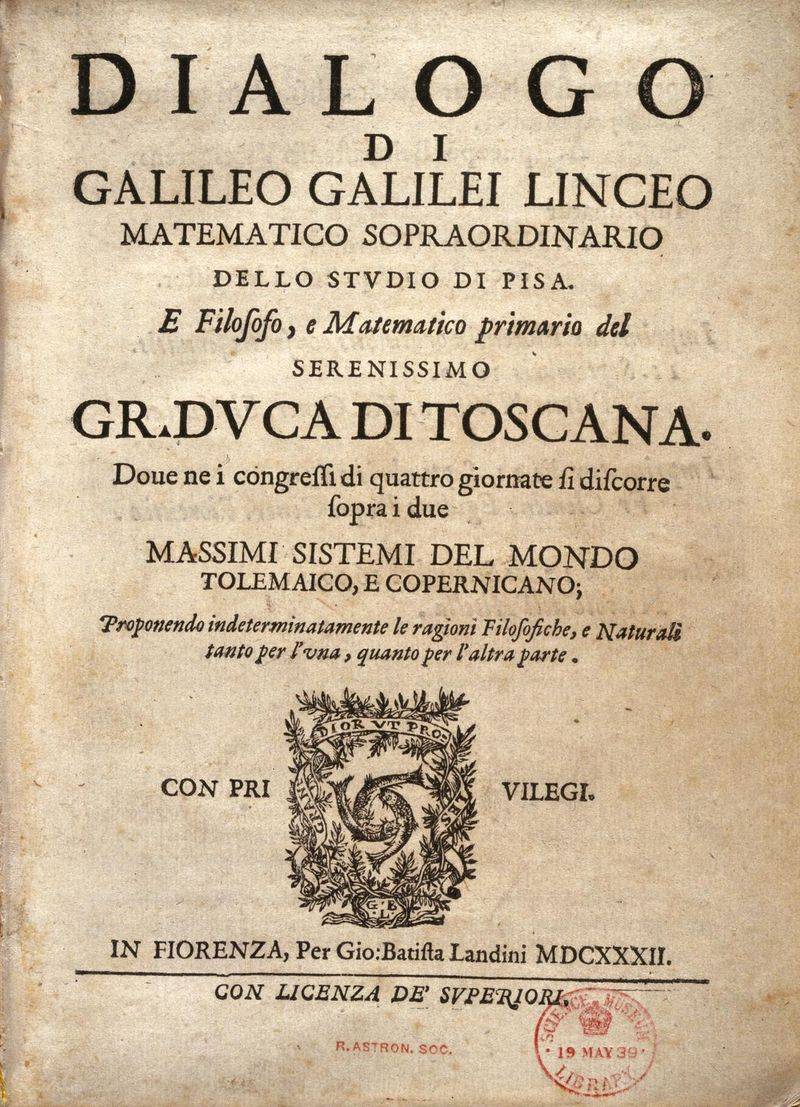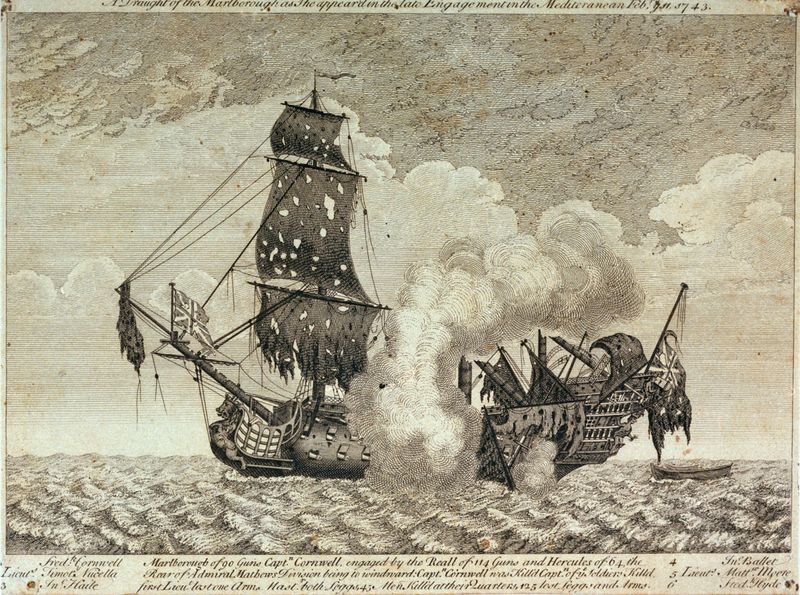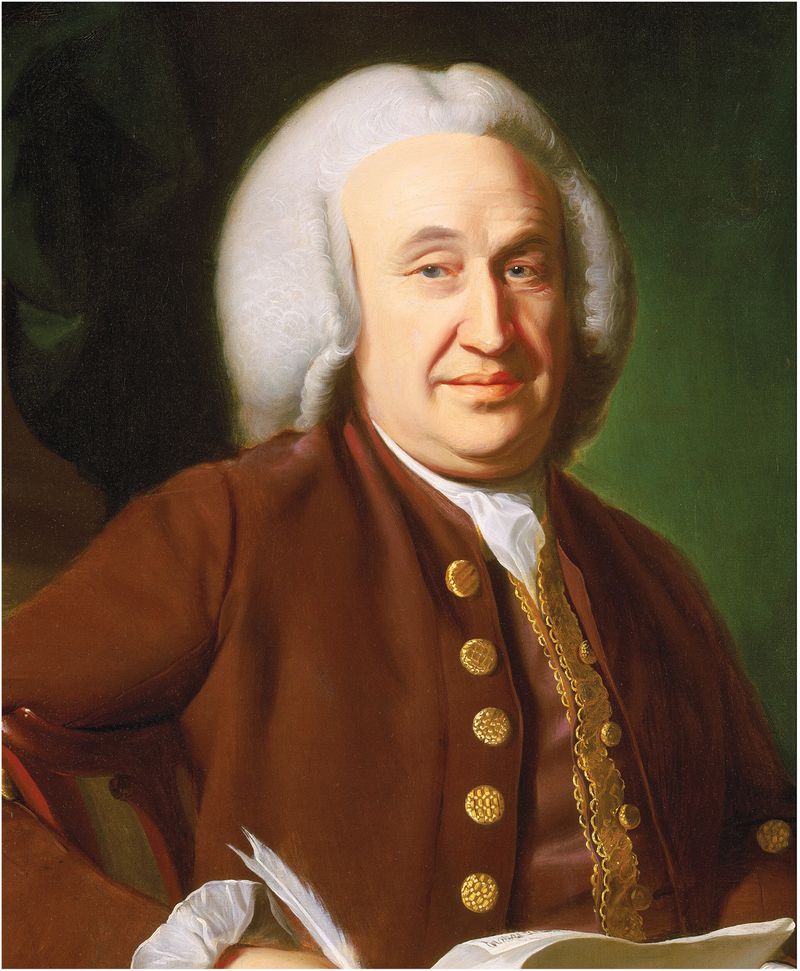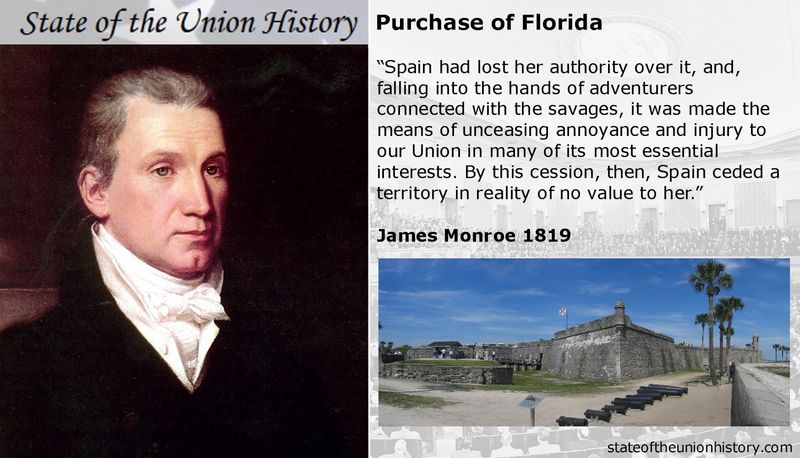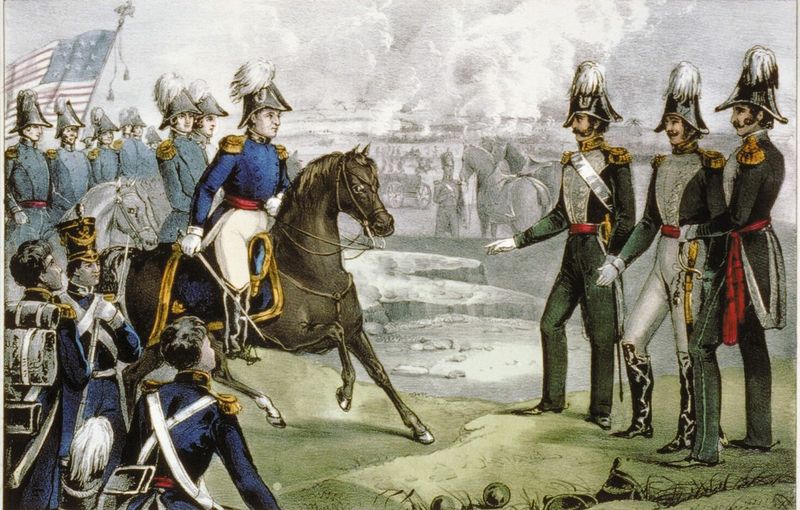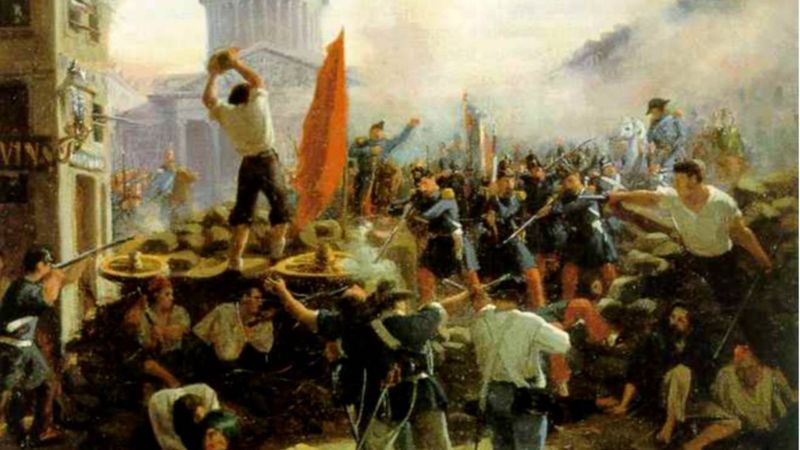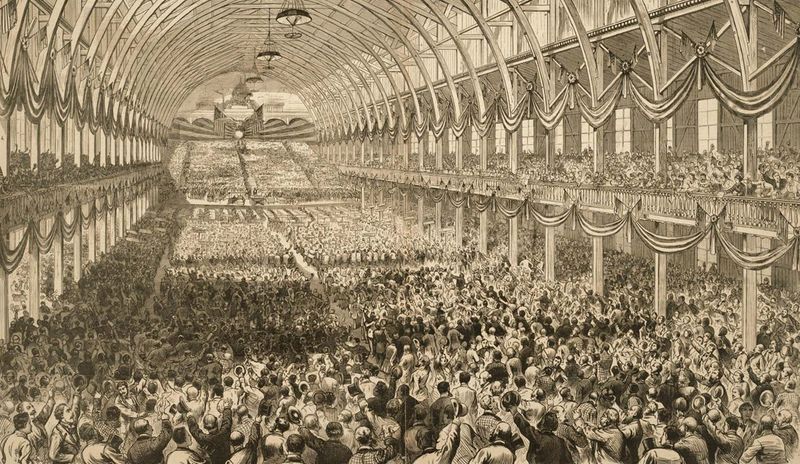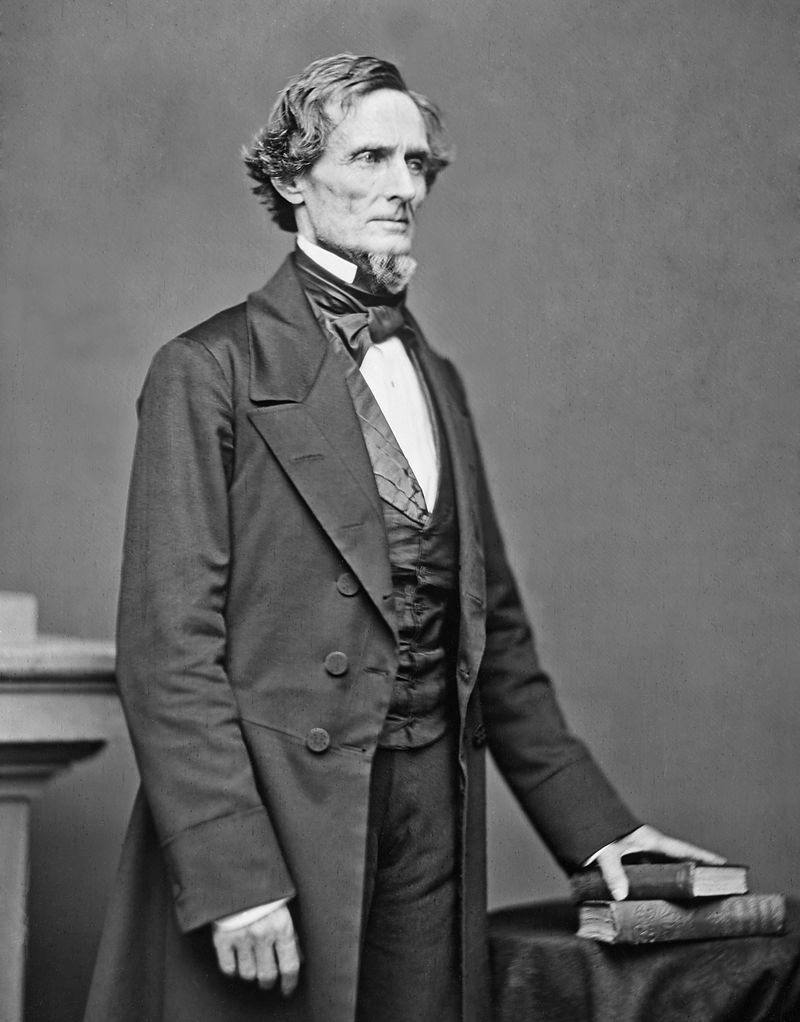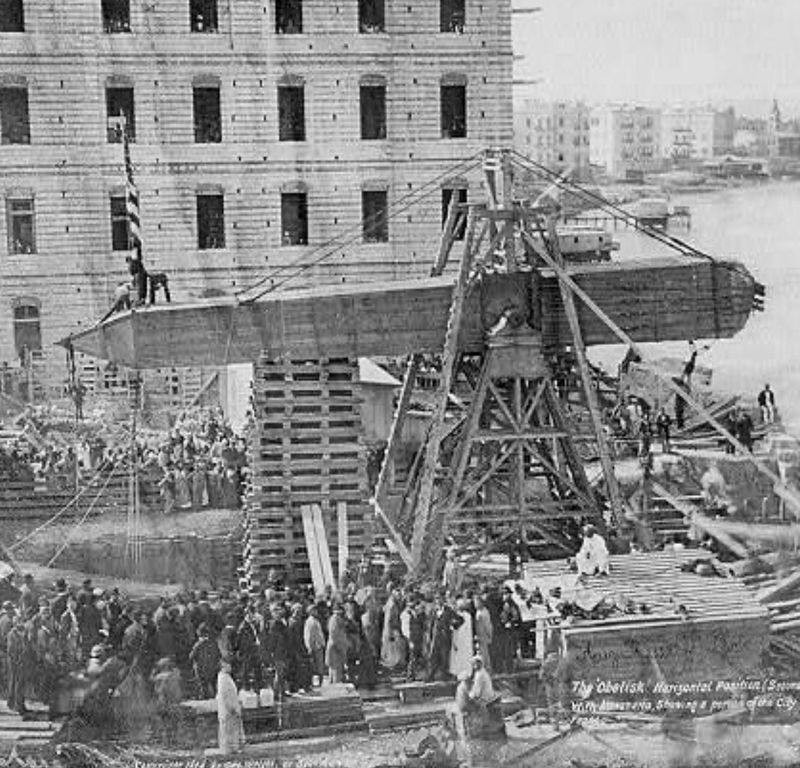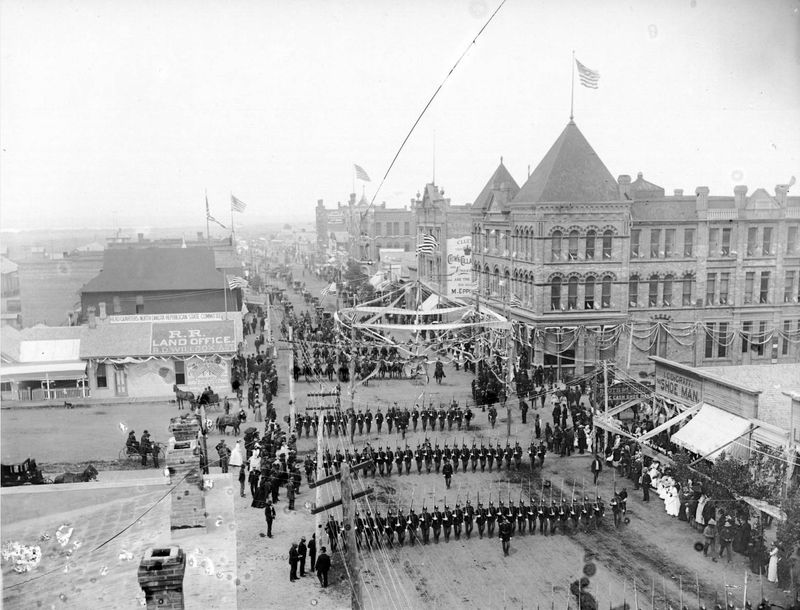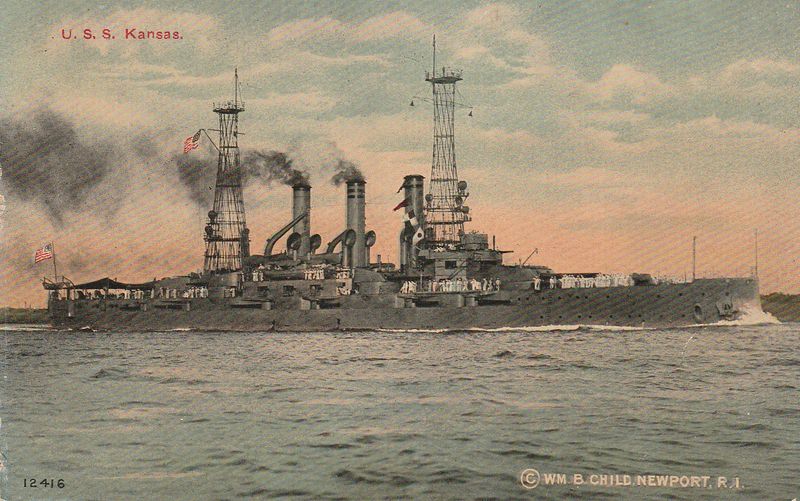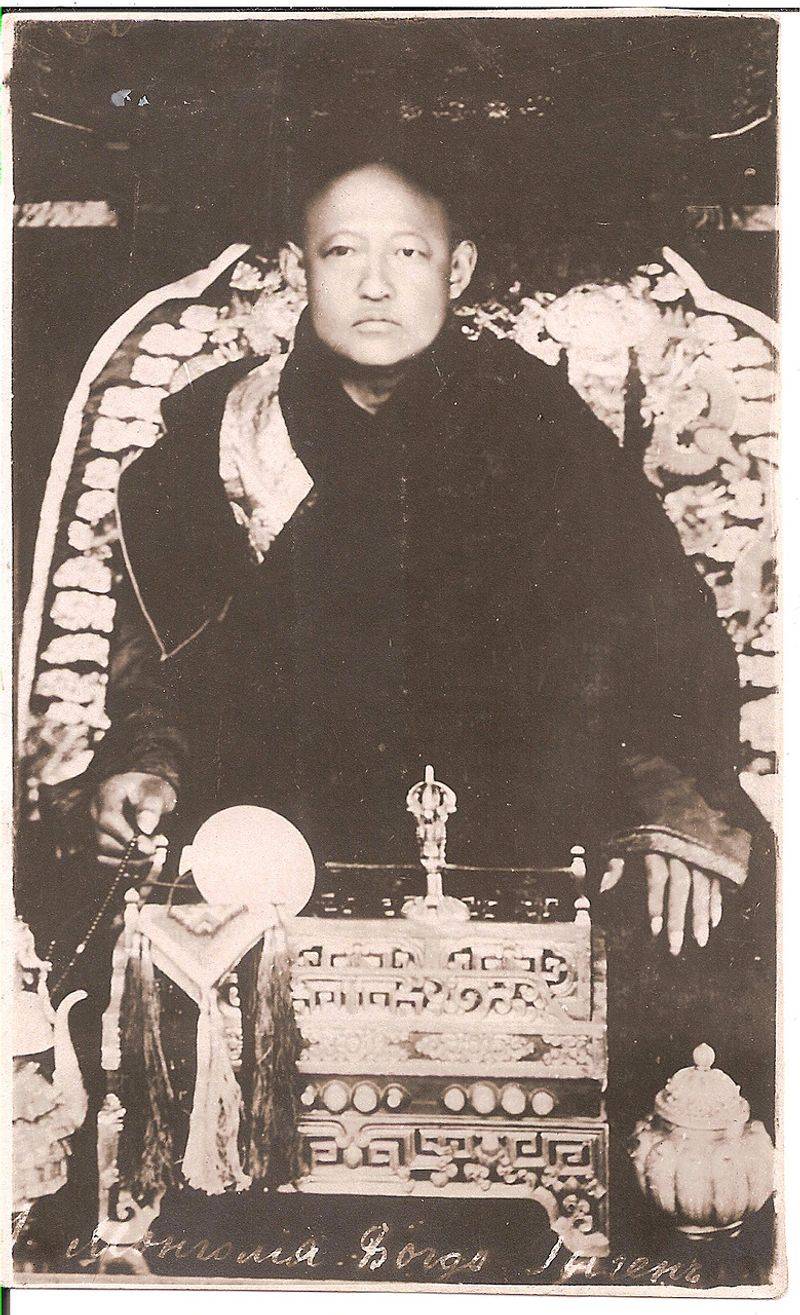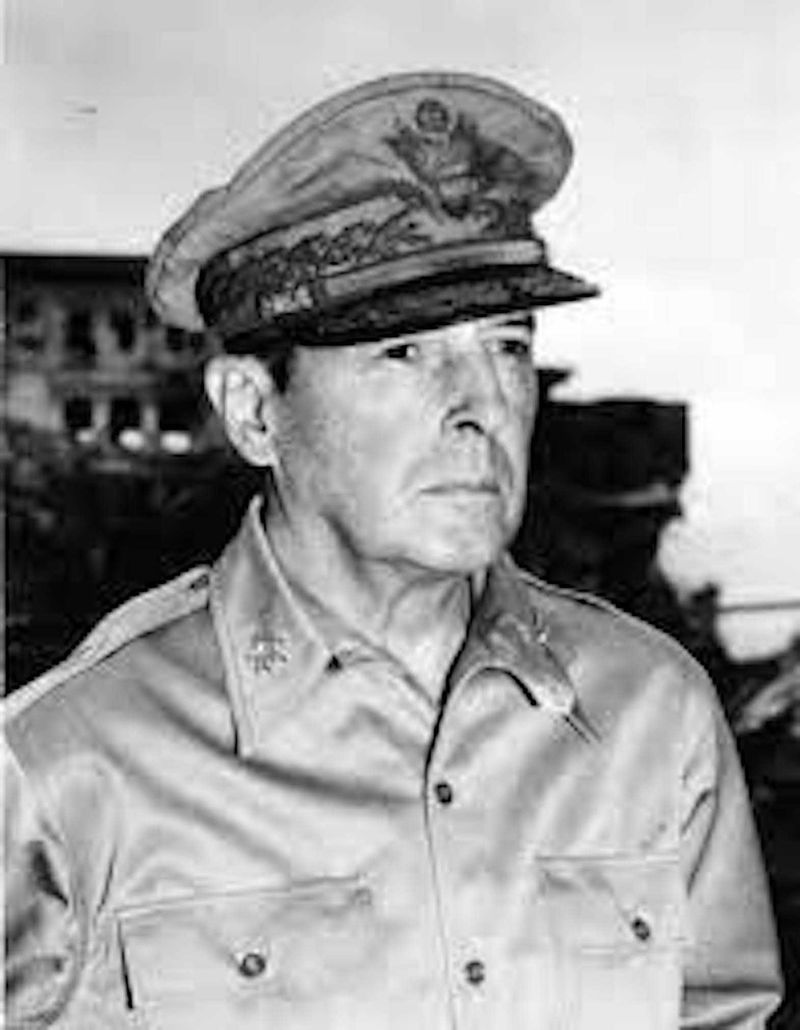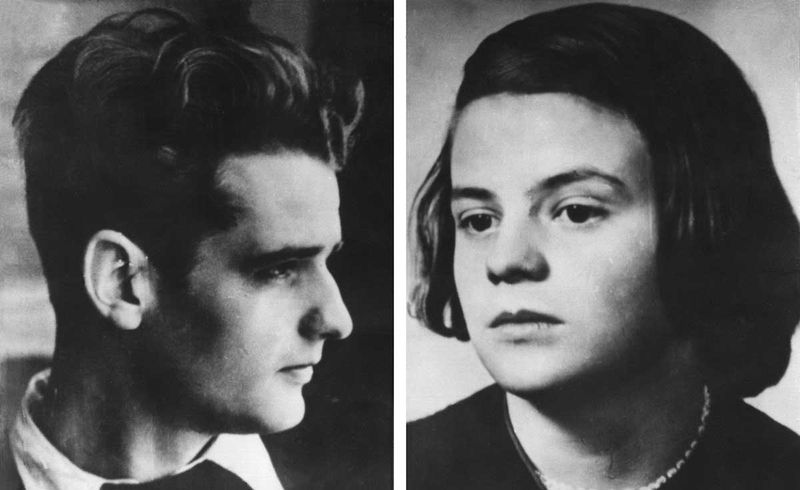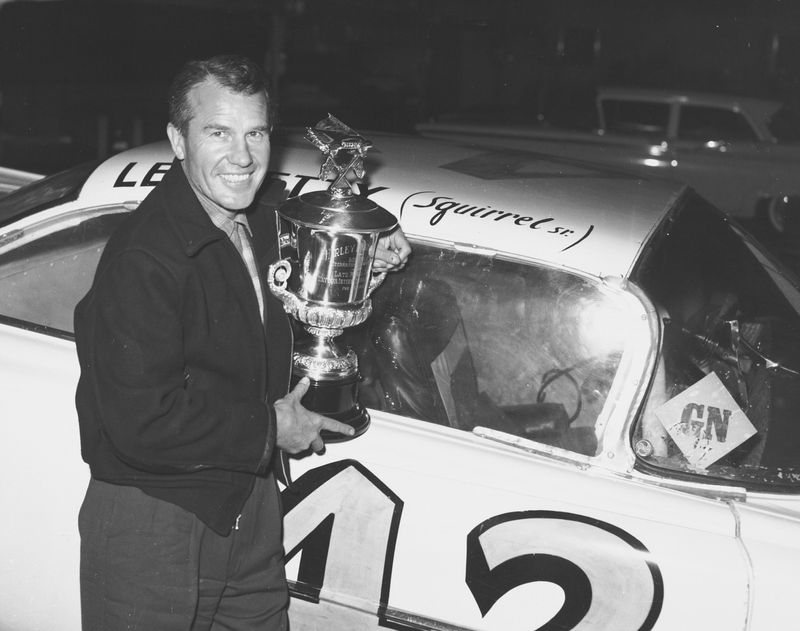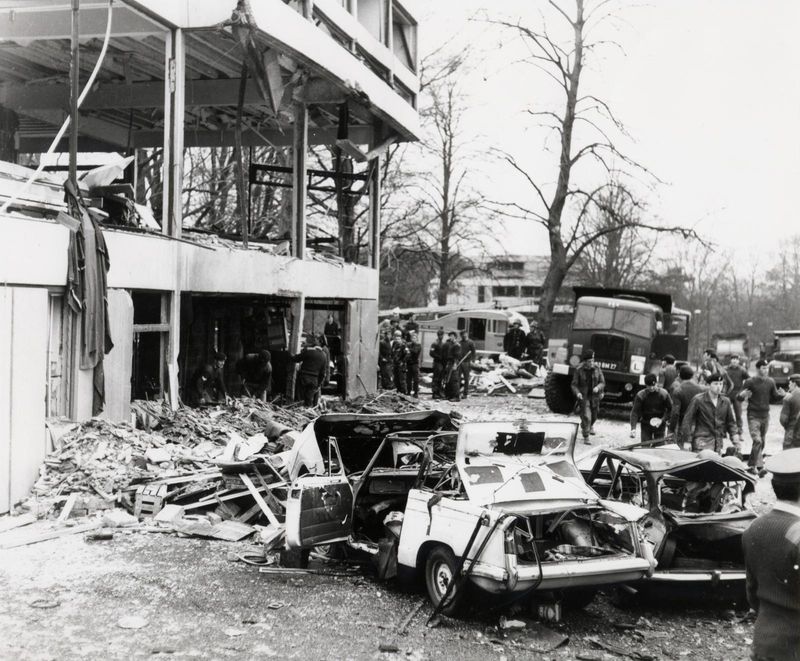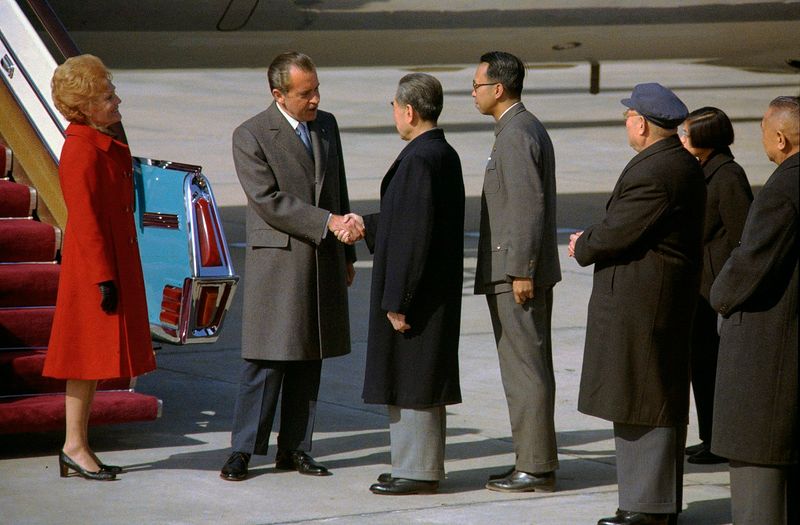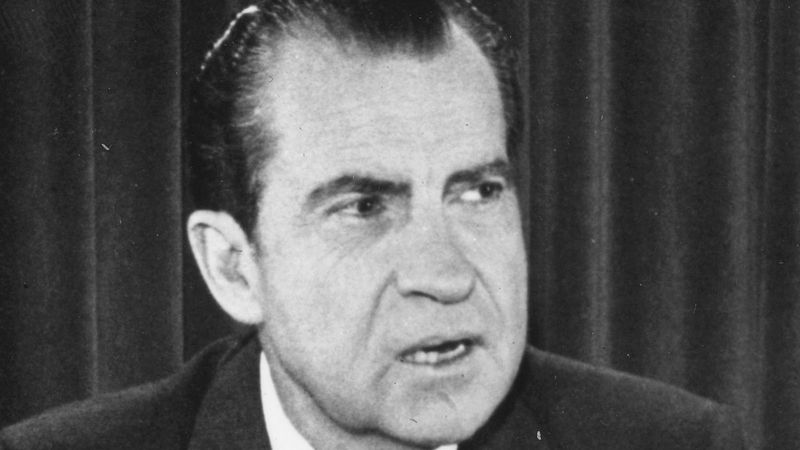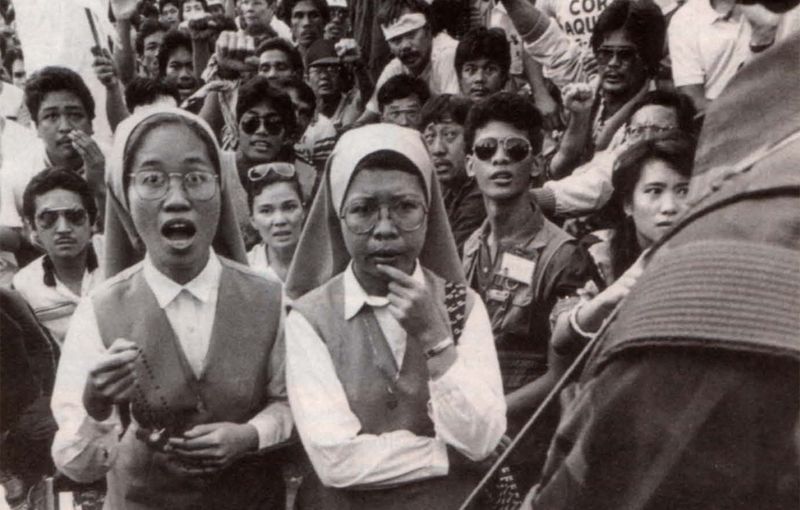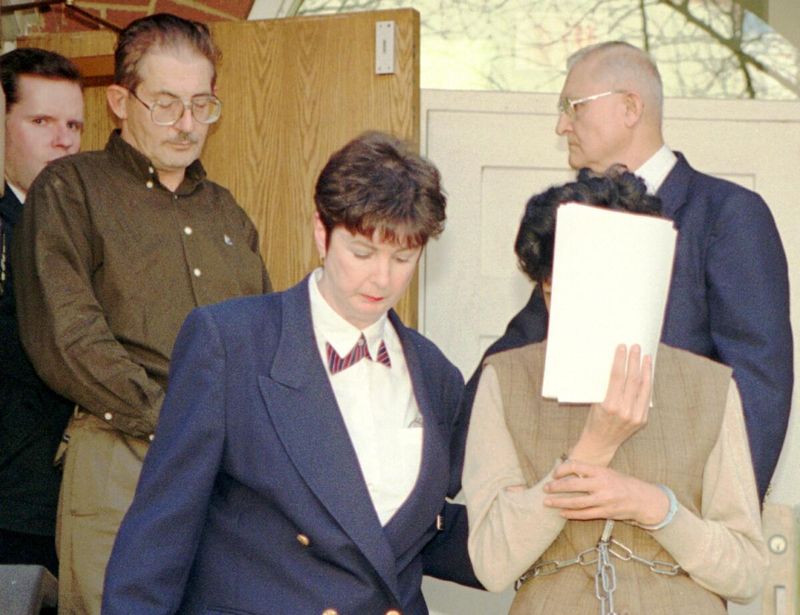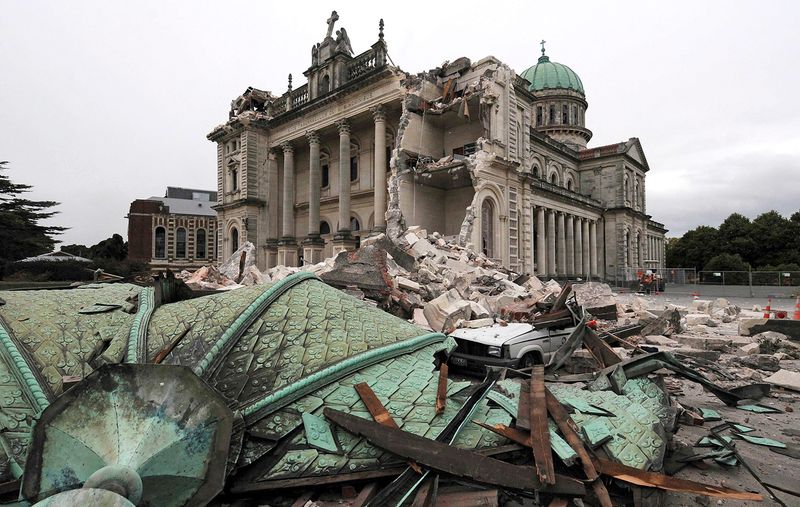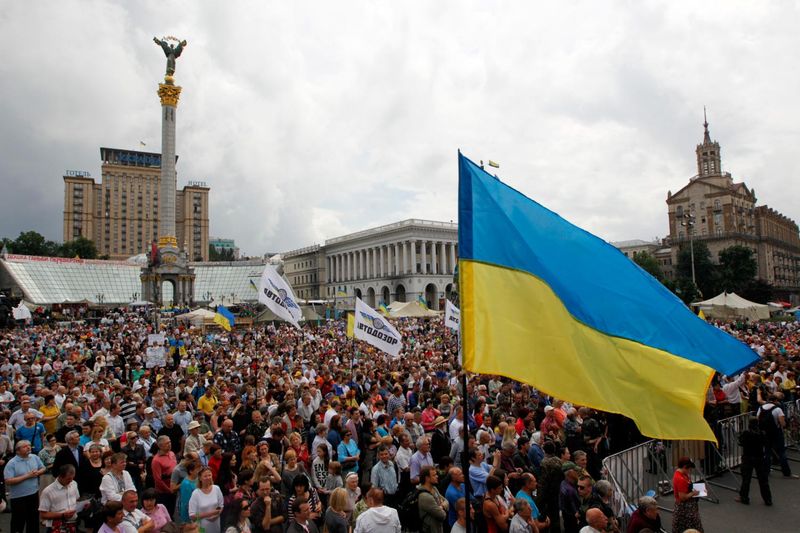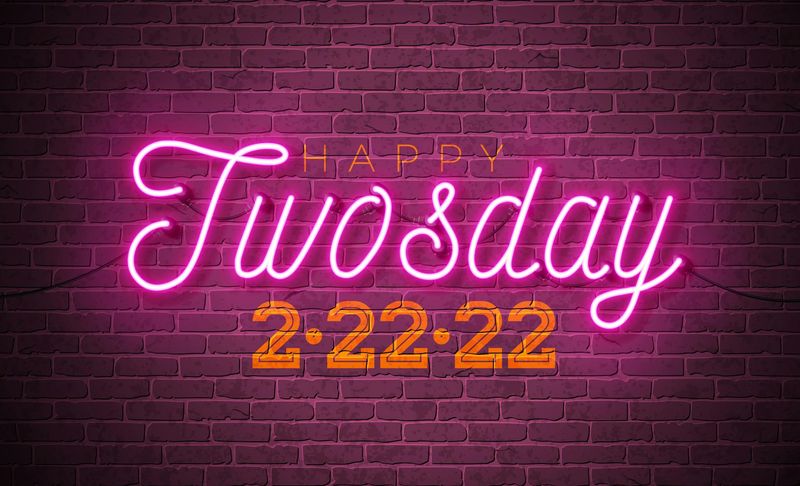February 22nd is a date filled with significant events that have shaped the world in various ways.
From battles and revolutions to scientific breakthroughs and political shifts, this day has witnessed it all.
Join us as we explore 30 historic events that occurred on February 22nd, each contributing uniquely to our global narrative.
1. 1076 – Pope Gregory VII Excommunicates Henry IV
In 1076, Pope Gregory VII excommunicated Henry IV, a pivotal moment in the Investiture Controversy. This power struggle between the papacy and monarchy was intense.
The excommunication symbolized the height of church power over secular rulers. Henry’s response was defiant, further escalating tensions. The dramatic event unfolded in a medieval church, with both religious and political implications resonating across Europe.
It marked a turning point, influencing church-state relations for decades. Gregory VII’s actions were bold, reinforcing the church’s authority. It was a defining moment in medieval history, showcasing the complexity of power dynamics.
2. 1316 – Battle of Picotin: Ferdinand of Majorca Wins
The Battle of Picotin in 1316 saw Ferdinand of Majorca emerging victorious. This medieval conflict was part of the larger War of the Majorcan Succession. Ferdinand’s triumph secured his position and influence.
His leadership was crucial in turning the tides. The fierce battle featured knights in shining armor, clashing in a display of valor and strategy.
The outcome not only affected territorial dynamics but also cemented Ferdinand’s legacy as a formidable leader. It was a testament to the intricate web of alliances and enmities that characterized medieval politics.
3. 1371 – Robert II Becomes King of Scotland, Beginning the Stuart Dynasty
In 1371, Robert II ascended the throne, marking the start of the Stuart dynasty in Scotland. His reign heralded a new era in Scottish history. Robert’s lineage would go on to rule for centuries, shaping the nation’s future.
The coronation was a grand affair, held in a magnificent castle setting, showcasing traditional Scottish attire. Robert’s rule was characterized by efforts to stabilize and strengthen Scotland.
His legacy endured through his descendants, influencing both Scottish and British history profoundly. It was a momentous occasion, setting the stage for future dynastic developments.
4. 1495 – King Charles VIII of France Enters Naples to Claim the Throne
In 1495, King Charles VIII of France entered Naples triumphantly to claim the throne. This bold move was part of his ambition to expand French influence in Italy. Charles’s entry into Naples was marked by grandeur and celebration.
The Renaissance cityscape provided a rich backdrop for this political maneuver. It was a significant event in the Italian Wars, showcasing the complexities of European power struggles.
Charles’s actions resonated beyond Italy, impacting diplomatic and military strategies. It highlighted the intricate interplay of ambition and political alliances during the Renaissance.
5. 1632 – Galileo’s “Dialogue Concerning the Two Chief World Systems” is Published
In 1632, Galileo Galilei published “Dialogue Concerning the Two Chief World Systems,” challenging established astronomical views. This work was pivotal in supporting heliocentrism over geocentrism, sparking scientific debate.
Galileo, a pioneering figure, presented his arguments through engaging dialogues. His ideas questioned traditional beliefs, leading to significant advancements in science. The publication played a crucial role in the Scientific Revolution.
Galileo’s courage in the face of opposition underscored the transformative power of knowledge. It was a landmark moment in the history of science, illustrating the clash between innovation and tradition.
6. 1744 – Battle of Toulon Leads to Amendments in Royal Navy Articles of War
The Battle of Toulon in 1744 was a naval conflict that led to significant changes in the Royal Navy’s Articles of War. This battle saw British forces clashing with a Franco-Spanish fleet. The engagement highlighted the need for reforms.
The stormy seas set the stage for this fierce confrontation. The aftermath prompted the Royal Navy to reassess and amend its code of conduct.
This event underscored the importance of discipline and strategy in naval warfare. It was a pivotal moment in maritime history, influencing naval policies and practices.
7. 1770 – First American Fatality of the American Revolution: Christopher Seider Shot
In 1770, young Christopher Seider became the first American fatality of the Revolution when he was shot during a protest in Boston. This tragic event fueled colonial resentment against British rule.
Christopher, only 11, was caught in the chaos of escalating tensions. His death symbolized the struggle for liberty, galvanizing support for the revolutionary cause.
The Boston streets were alive with unrest, marking a turning point in the fight for independence. Christopher’s sacrifice became a poignant reminder of the cost of freedom, inspiring generations in the pursuit of justice.
8. 1819 – Spain Sells Florida to the United States in the Adams–Onís Treaty
In 1819, the Adams–Onís Treaty saw Spain ceding Florida to the United States. This diplomatic achievement resolved long-standing territorial disputes. The treaty was a testament to strategic negotiation.
Spanish and American diplomats convened to formalize the agreement. This transfer of land marked a pivotal expansion of U.S. territory. It reflected the shifting balance of power and influence in the Americas.
The treaty fostered stability, paving the way for future diplomatic successes. It was a landmark event that shaped the geopolitical landscape of the continent, underscoring the art of diplomacy.
9. 1847 – Battle of Buena Vista: U.S. Forces Defeat a Larger Mexican Army
In 1847, the Battle of Buena Vista was a defining moment in the Mexican-American War. U.S. forces, though outnumbered, defeated a larger Mexican army. This victory was a testament to strategic ingenuity and determination.
The rugged terrain set the stage for this intense battle. American troops, led by General Zachary Taylor, showcased exceptional leadership and bravery. The outcome bolstered national pride and had significant implications for the war’s trajectory.
It was a crucial event, illustrating the complexities of military conflict and the impact of strategic planning on warfare outcomes.
10. 1848 – The French Revolution of 1848 Begins
The French Revolution of 1848 marked a pivotal shift in France’s political landscape. It began with citizens taking to the streets, demanding social and political reforms. This revolutionary wave swept across Europe.
Paris became the epicenter of change, with banners of liberty and equality raised high. The uprising reflected widespread discontent and the desire for democratic governance. It led to the establishment of the Second Republic.
This event was a catalyst for transformation, influencing political ideologies and movements. It highlighted the power of collective action in shaping a nation’s destiny.
11. 1856 – The United States Republican Party Holds Its First National Convention
In 1856, the newly formed United States Republican Party held its first national convention. This gathering marked a significant moment in American political history. Delegates convened to establish the party’s platform.
The convention was a lively affair, characterized by spirited debates and discussions. The Republican Party emerged as a key political force, advocating for anti-slavery policies.
This event set the stage for future electoral successes, influencing the trajectory of American politics. It was a defining moment, showcasing the power of political organization and the emergence of new political ideologies.
12. 1862 – Jefferson Davis Officially Inaugurated as Confederate President
In 1862, Jefferson Davis was officially inaugurated as the President of the Confederate States of America. This event solidified his leadership during the tumultuous Civil War period.
The inaugural ceremony was steeped in Southern pride, with the Confederate flag prominently displayed. Davis’s presidency was marked by significant challenges, as the Confederacy struggled for independence.
His leadership style and decisions were pivotal to the war’s progression. This moment highlighted the complexities of leadership in times of crisis. It was a defining event in Civil War history, with lasting implications for the nation.
13. 1881 – Cleopatra’s Needle, an Ancient Egyptian Obelisk, is Erected in Central Park
In 1881, Cleopatra’s Needle, an ancient Egyptian obelisk, was erected in New York City’s Central Park. This monumental event brought a piece of ancient history to America.
Victorian spectators gathered to witness the obelisk’s unveiling. Its intricate carvings and towering presence captivated onlookers. The obelisk symbolized cultural exchange and fascination with Egyptology.
It became a beloved landmark, enriching New York’s historical landscape. This event highlighted the enduring allure of ancient civilizations and their influence on modern societies. Cleopatra’s Needle remains a testament to cross-cultural connections and historical appreciation.
14. 1889 – North Dakota, South Dakota, Montana, and Washington Become U.S. States
In 1889, North Dakota, South Dakota, Montana, and Washington achieved statehood, reshaping America’s political map. This expansion was a testament to the nation’s growth and development.
The addition of these states reflected westward expansion and settlement patterns. Statehood brought new opportunities and challenges, influencing regional dynamics.
This event marked a significant milestone in American history, underscoring the importance of unity and inclusion.
It showcased the evolving nature of the U.S., as it embraced new territories. The statehood celebrations were moments of pride and optimism for the future.
15. 1909 – The Great White Fleet Returns to the U.S. After a Global Voyage
In 1909, the Great White Fleet returned to the U.S. after a monumental global voyage. This naval expedition was a display of American maritime strength and diplomacy.
The fleet’s return was met with grand celebrations, as ships sailed into harbor with American flags proudly displayed. The journey showcased U.S. naval capabilities and fostered international goodwill.
It was a strategic move to affirm America’s presence on the world stage. The expedition highlighted the significance of naval power in global politics. It remains a defining moment in U.S. naval history, symbolizing strength and diplomacy.
16. 1921 – Mongolian Emperor Bogd Khan is Reinstalled After Russian Intervention
In 1921, Mongolia witnessed a significant political shift as Emperor Bogd Khan was reinstalled with Russian intervention. This event underscored the geopolitical complexities of the region.
The reinstallation ceremony was a blend of tradition and international influence. Russian officials played a crucial role in stabilizing Mongolia’s political landscape.
The event marked a turning point, as Mongolia navigated its path between independence and external pressures.
It highlighted the delicate balance of power and the impact of foreign intervention. This moment was pivotal in shaping Mongolia’s political trajectory and regional dynamics.
17. 1942 – Franklin D. Roosevelt Orders General Douglas MacArthur Out of the Philippines
In 1942, amidst the turmoil of World War II, President Franklin D. Roosevelt ordered General Douglas MacArthur to leave the Philippines. This strategic decision was crucial for the Allied war effort.
MacArthur’s departure was a dramatic moment, symbolizing resilience and strategic adaptation. The Pacific islands were a battleground, and the decision aimed to preserve leadership for future campaigns.
MacArthur’s vow to return became legendary, inspiring Allied forces. This event highlighted the complexities of wartime leadership and decision-making. It was a defining moment in the Pacific theater, shaping the course of the war.
18. 1943 – White Rose Resistance Leaders Sophie and Hans Scholl Executed in Nazi Germany
In 1943, Sophie and Hans Scholl, leaders of the White Rose resistance, were executed by Nazi Germany. Their bravery in opposing tyranny became a symbol of resistance.
The Scholls, young and determined, distributed anti-Nazi leaflets, advocating for freedom and justice. Their execution was a stark reminder of the regime’s brutality.
Despite their tragic end, their legacy endured, inspiring future generations to stand against oppression.
This event highlighted the power of youth and conviction in challenging injustice. It remains a poignant example of courage and sacrifice in the face of tyranny.
19. 1959 – Lee Petty Wins the First Daytona 500
In 1959, Lee Petty won the inaugural Daytona 500, a landmark event in motor racing history. His victory was a testament to skill and perseverance.
The race was a thrilling spectacle, with Petty maneuvering his way to triumph amidst fierce competition. The Daytona 500 became a symbol of American motorsport, drawing fans from all over.
Petty’s win marked the beginning of a storied tradition, setting the stage for future racing legends. This event highlighted the excitement and challenges of competitive racing. It remains a celebrated moment in NASCAR history, embodying speed and innovation.
20. 1972 – Official IRA Car Bomb Attack in Aldershot Kills Seven
In 1972, a car bomb attack by the Official IRA in Aldershot resulted in the tragic loss of seven lives. This act of violence highlighted the ongoing conflict in Northern Ireland.
The aftermath was chaotic, with emergency responders rushing to the scene amid damaged buildings. The attack underscored the deep-seated tensions and complexities of the Troubles. It was a somber reminder of the human cost of political strife.
This event emphasized the urgent need for resolution and peace. It remains a stark example of the impact of violence on communities, urging reflection and reconciliation.
21. 1973 – U.S. and China Establish Liaison Offices After Nixon’s Visit
In 1973, following President Nixon’s historic visit, the U.S. and China established liaison offices. This marked a thaw in relations, paving the way for diplomatic engagement.
The meeting room was filled with anticipation, as officials from both nations formalized their intentions. The establishment of liaison offices was a significant step in bridging cultural and ideological divides.
laid the groundwork for future cooperation and dialogue. This event was a turning point in international diplomacy, highlighting the potential for collaboration despite differences. It remains a milestone in U.S.-China relations, fostering understanding and partnership.
22. 1974 – Attempted Hijacking to Assassinate Nixon Fails
In 1974, an attempted hijacking with the intent to assassinate President Nixon was thwarted. This dramatic incident underscored the era’s political tensions.
The airport was abuzz with activity as security officers intervened to prevent the hijacking. The plot highlighted the challenges of ensuring presidential safety. Despite the threat, Nixon’s leadership continued unabated.
This event was a stark reminder of the vulnerabilities faced by public figures. It emphasized the importance of vigilance and security measures.
It remains a notable moment in history, showcasing the complexities of political life and the resilience of institutions.
23. 1980 – “Miracle on Ice”: U.S. Hockey Team Defeats Soviet Union
In 1980, the U.S. hockey team’s victory over the Soviet Union, dubbed the “Miracle on Ice,” was a defining moment in sports history. This underdog triumph captured the world’s imagination.
The game was intense, with the U.S. team showcasing determination and teamwork. The Lake Placid arena echoed with cheers as the final buzzer sounded. This victory was more than just a win; it symbolized hope and resilience.
It remains an iconic moment, inspiring generations of athletes. The “Miracle on Ice” highlighted the power of belief and the impact of sports on national pride.
24. 1986 – People Power Revolution Begins in the Philippines
In 1986, the People Power Revolution in the Philippines marked a turning point in the nation’s history. Citizens rallied for democracy, demanding change and reform.
The streets were alive with energy, as masses of people gathered to voice their aspirations. The movement was a testament to the power of peaceful protest and unity. It led to the ousting of a long-standing regime, setting the stage for democratic governance.
This event emphasized the importance of civic engagement and resilience. It remains a powerful example of how collective action can transform a nation and inspire global movements.
25. 1994 – Aldrich Ames and His Wife Charged with Spying for the Soviet Union
In 1994, CIA officer Aldrich Ames and his wife were charged with espionage for the Soviet Union. This high-profile case revealed deep vulnerabilities within U.S. intelligence.
The courtroom was tense as the couple faced serious charges. Their actions compromised national security, leading to significant fallout. The case highlighted the complexities of espionage and the challenges of safeguarding secrets.
It prompted a reevaluation of intelligence practices and security measures. This event was a cautionary tale, emphasizing the need for vigilance and trust within agencies. It remains a significant moment in Cold War history, illustrating the stakes of espionage.
26. 1997 – British Scientists Announce Cloning of Dolly the Sheep
In 1997, British scientists announced the successful cloning of Dolly the Sheep, a groundbreaking achievement in biotechnology. This event marked a new era in scientific exploration.
The laboratory was abuzz with excitement as researchers unveiled Dolly. The cloning breakthrough raised questions and possibilities in science and ethics. It was a pivotal moment, showcasing the potential and challenges of genetic research.
Dolly’s cloning underscored the delicate balance between innovation and ethical considerations. This milestone remains a cornerstone in biotechnology, inspiring further advancements and debates. It was a testament to human ingenuity and the pursuit of knowledge.
27. 2006 – Securitas Depot Heist Becomes the Largest Robbery in U.K. History
In 2006, the Securitas Depot heist became the largest robbery in U.K. history. This audacious crime shocked the nation and captured global attention.
The depot was a scene of chaos as authorities investigated the heist. The robbers’ meticulous planning and execution were both impressive and alarming. The event highlighted vulnerabilities in security systems, prompting reviews and reforms.
It was a dramatic reminder of the challenges in safeguarding assets. The heist remains a notable event, illustrating the complexities of crime and punishment. It served as a call for enhanced security measures and vigilance.
28. 2011 – New Zealand’s Second Deadliest Earthquake Strikes Christchurch
In 2011, Christchurch, New Zealand, was struck by a devastating earthquake, the country’s second deadliest. This natural disaster had profound impacts on the city and its residents.
The scene was one of devastation, with buildings reduced to rubble and rescue efforts underway. The earthquake highlighted the vulnerabilities of urban centers to natural calamities. It prompted a reevaluation of building codes and emergency preparedness.
This event was a poignant reminder of nature’s power and the resilience of communities. It remains a significant moment in New Zealand’s history, emphasizing recovery and adaptation.
29. 2014 – Ukrainian President Viktor Yanukovych is Impeached Amid Euromaidan Protests
In 2014, amid the Euromaidan protests, Ukrainian President Viktor Yanukovych was impeached. This political upheaval was a turning point for Ukraine.
The streets of Kyiv were filled with protestors demanding change and transparency. Yanukovych’s impeachment was a response to widespread discontent and corruption allegations.
event marked a shift towards democratic aspirations and alignment with Europe. It highlighted the power of collective action and the importance of accountability.
This moment was significant in Ukraine’s journey towards reform and self-determination. It inspired hope and underscored the challenges of political transformation.
30. 2022 – “Twosday” Phenomenon Occurs at 2:22:22 on 2/22/22
On February 22, 2022, a unique “Twosday” phenomenon occurred, capturing public imagination. At precisely 2:22:22, the calendar and time aligned in a whimsical numerical sequence.
People around the world noted the moment, sharing it on social media with playful enthusiasm. This alignment sparked joy and fascination, showcasing the human fondness for patterns and coincidences.
It was a lighthearted event amidst global challenges, offering a moment of unity and delight. The “Twosday” phenomenon highlighted our connection to time and the simple pleasures of shared experiences. It remains a delightful memory, reminding us to cherish the little moments.
